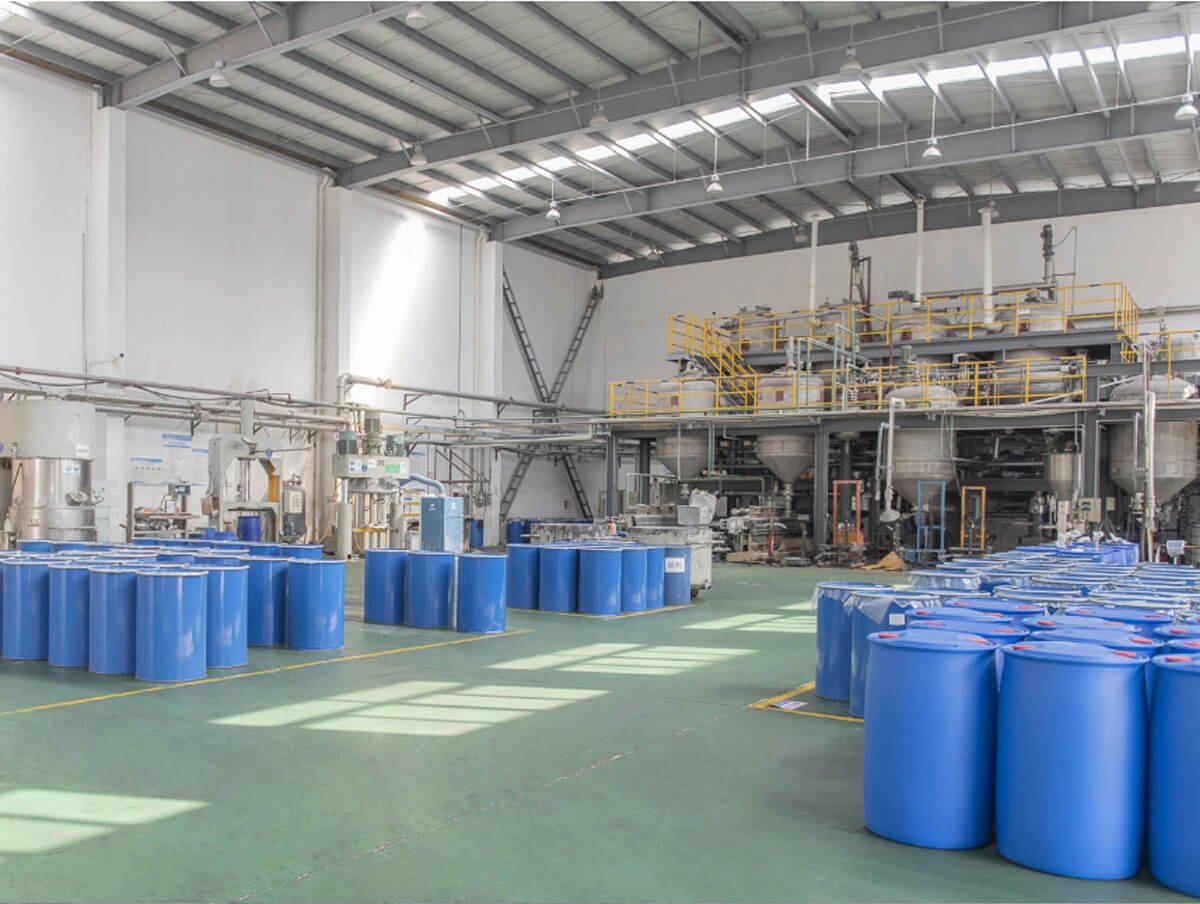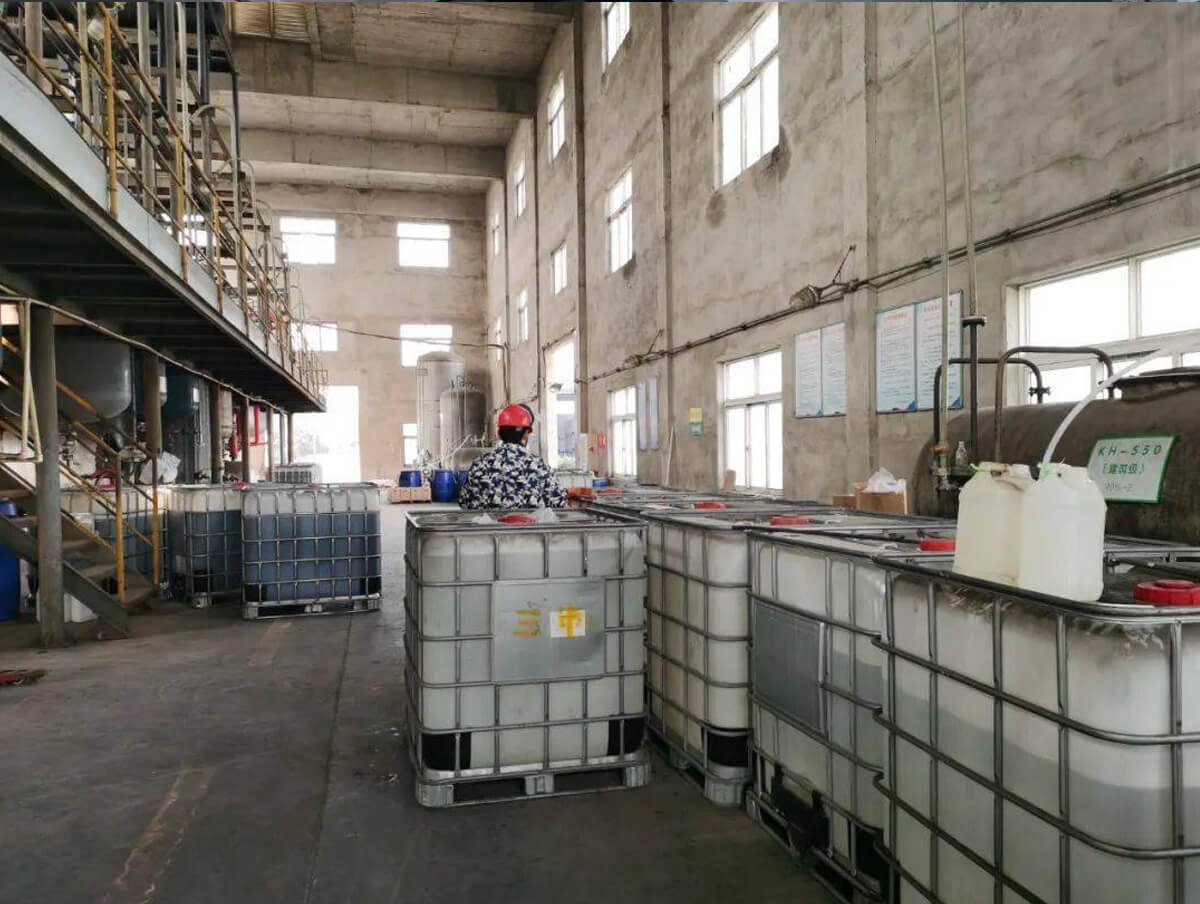Product
Organic Peroxides
Organic peroxides Introduction
Organic peroxides are organic compounds containing -O-O-peroxy functional groups formed by replacing hydrogen atoms in hydrogen peroxide with organic groups such as alkyl groups, acyl groups, and aryl groups.
Alkyl Peroxide Series
| Risso No. | Chemical Name | CAS NO. |
| RP-TBHP | Tert-butyl hydroperoxide | 75-91-2 |
| RP-PMHP | 8-P-MENTHYL HYDROPEROXIDE | 80-47-7 |
| RP-DIP | 3,5-Diisopropylbenzene hydroperoxide | 26762-93-6 |
| RP-TBCP | tert-butyl isopropylphenyl peroxide | 30580-75-7 |
| RP-CUP | cumene hydroperoxide | 80-15-9 |
| RP-TAHP | Tert-amyhyl droperoxide | 3425-61-4 |
Dialkyl Peroxides
| Risso No. | Chemical Name | CAS NO. |
| RP-BIPB | DI(TERT-BUTYLPEROXYISOPROPYL) BENZENE | 2212-81-9 |
| RP-BIPB | Di(tert-butylperoxyisopropyl)benzene | 25155-25-3 |
| RP-DCP | Dicumyl Peroxide | 80-43-3 |
| RP-BPDY | 2,5-Dimethyl-2,5-di(tertiary-butylperoxy)-hexyne-3 | 1068-27-5 |
| RP-BPDH | 2,5-Dimethyl-2,5-di(tert-butylperoxy)hexane; | 78-63-7 |
| RP-DTAP | Di-tert-amyl peroxide | 10508-09-5 |
| RP-DTBP | Di-tert-butyl peroxide | 110-05-4 |
Peroxyesters
| Risso No. | Chemical Name | CAS NO. |
| RP-TBPB | Tert-butyl peroxybenzoate | 614-45-9 |
| RP-TAPB | 2-methylbutan-2-yl benzenecarboperoxoate | 4511-39-1 |
| RP-TBEC | tert-Butylperoxy 2-ethylhexyl carbonate | 34443-12-4 |
| RP-TAEC | Tert-Amylperoxy 2-ethylhexyl carbonate | 70833-40-8 |
| RP-MYPC | tetradecoxycarbonyloxy tetradecyl carbonate | 53220-22-7 |
| RP-CPND | Cumyl peroxyneodecanoate | 26748-47-0 |
| RP-VA | Butyl 4,4-di(tert-butylperoxy) valerate | 995-33-5 |
| RP-CEPC | hexadecoxycarbonyloxy hexadecyl carbonate | 26322-14-5 |
| RP-EHP | Bis(2-ethylhexyl)peroxydicarbonate | 16111-62-9 |
| RP-BCHPC | Bis(4-tert-butylcyclohexyl) peroxydicarbonate | 15520-11-3 |
| RP-TBPA | tert-Butyl ethaneperoxoate | 107-71-1 |
| RP-TBPMH | Tert-Butyl peroxy-3,5,5-trimethylhexanoate | 13122-18-4 |
| RP-TBPI | (2-methylpropan-2-yl)oxy propan-2-yl carbonate | 2372-21-6 |
| RP-TBPEH | Tert-Butyl peroxy-2-ethylhexanoate | 3006-82-4 |
| RP-TAPH | tert-Amyl peroxy-2-ethylhexanoate | 686-31-7 |
| RP-TBPV | tert-Butyl peroxypivalate | 927-07-1 |
| RP-TAPV | Propaneperoxoic acid,2,2-dimethyl-, 1,1-dimethylpropyl ester | 29240-17-3 |
| RP-CNP | Cumyl peroxyneodecanoate | 26748-47-0 |
| RP-TBPD | Tert-butyl peroxyneodecanoate | 13052-09-0 |
Peroxide Ketals
| Risso No. | Chemical Name | CAS NO. |
| RP-DBPB | 2,2-Di(tert-butylperoxy)butane | 2167-23-9 |
| RP-CH | 1,1-bis(tert-buty peroxy)cyclohexane | 3006-86-8 |
| RP-CH335 | 1,1-bis(tert-buty peroxy)-3,3,5-trimethylcyclohexane | 6731-36-8 |
| RP-TEMPO | 3,6,9-TRIETHYL-3,6,9-TRIMETHYL-1,4,7-TRIPEROXYNONANE | 24748-23-0 |
Acyl Peroxides
| Risso No. | Chemical Name | CAS NO. |
| RP-LPO | dilauroyl peroxide | 105-74-8 |
| RP-TMHP | 3,5,5-Trimethylhexanoyl peroxide; | 3851-87-4 |
Peroxydicarbonates
| Risso No. | Chemical Name | CAS NO. |
| RP-BPO | Dibenzoyl peroxide | 94-36-0 |
| RP-CEPC | Dihexadecyl peroxydicarbonate | 26322-14-5 |
| RP-MYPC | tetradecoxycarbonyloxy tetradecyl carbonate | 53220-22-7 |
| RP-BCHPC | Bis(4-tert-butylcyclohexyl) peroxydicarbonate | 15520-11-3 |
| RP-EHP | 2-ethylhexoxycarbonyloxy 2-ethylhexyl carbonate | 16111-62-9 |
Packaging Specifications

Get in touch to Get
- Quick and helpful reply within 24 hours;
- Tailored solutions provided for your project;
- One-stop purchasing service.
Organic Peroxide: Guide
The characteristic is that when heated above a certain temperature, it will decompose to produce oxygen-containing free radicals, which is unstable and easy to decompose. Organic peroxides produced by chemical industry are mainly used as polymerization initiators and catalysts for synthetic resins. In the field of polymer materials, it can be used as an initiator for free radical polymerization, an initiator for grafting reaction, a cross-linking agent for rubber and plastics, a curing agent for unsaturated polyester, and the molecular weight and molecular weight in the preparation of spinning grade polypropylene. Molecular weight distribution modifier. Polluted air in the environment can produce peroxyacyl nitrate compounds through free radical reaction under the action of light, which is one of the species of photochemical oxidants. It is strongly irritating to the skin, eyes and mucous membranes, and is an important pollutant in the atmosphere. Such substances are inflammable and explosive dangerous goods, and attention should be paid to safety in use. Generally, four indicators, active oxygen content, activation energy, half-life and decomposition temperature, are used as the basic basis for selection.












